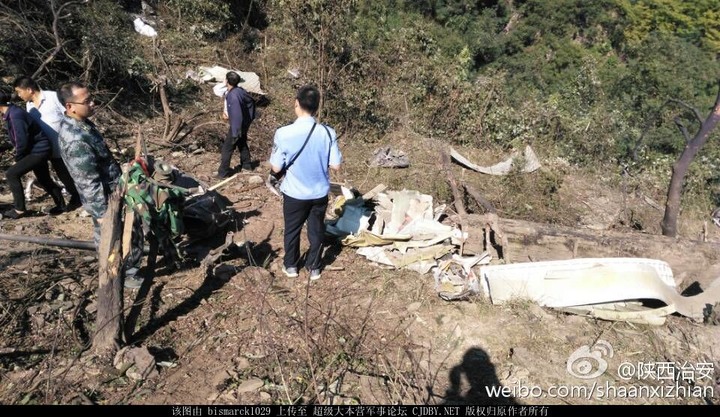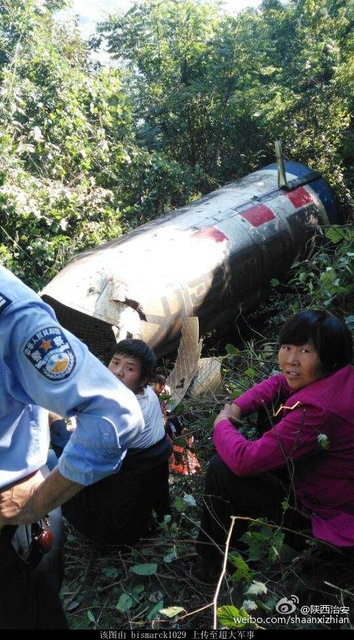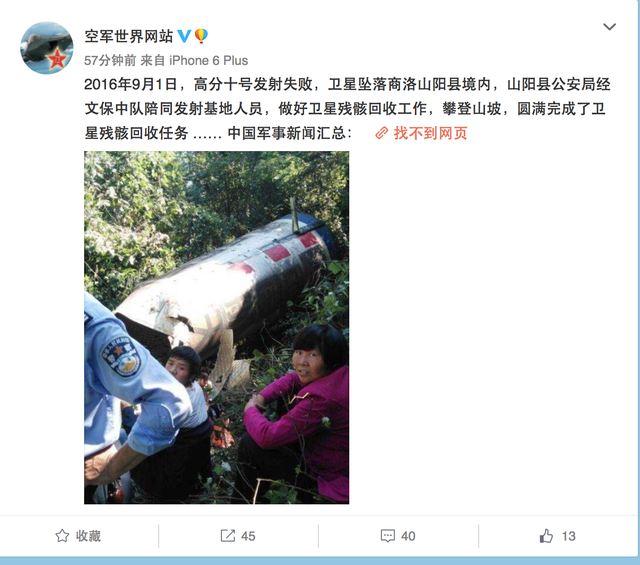China is facing an entirely new challenge in calculating the orbit and docking of the new combined body of Shenzhou-11 and Tiangong-2.Shenzhou-11 spacecraft is scheduled to be docked with China's second space lab Tiangong-2, after the latter is put into space. This space rendezvous is expected to gather data for the operation of the future space station.
"In order to really verify the docking between Shenzhou-11 and Tiangong-2, we have to raise the orbit 50 kilometers higher than Shenzhou-8, 9 and 10," said Wang Wei, deputy director of the manned space flight department of China Academy of Space Technology (CAST). A distance of 50 kilometers is not long on earth, but in space, it means a new challenge in docking.
"To put in a vivid way, we used to shoot at a fixed target, but now, we have to shoot at a moving target. Only by having a long-time orbit prediction of Tiangong-2 or the space station, is it possible for us to give an accurate calculation of the launching window. During the time when the spacecraft enters the orbit and before docking, it is controlled from the ground. We will control the change of orbit five times before making it find the entry points independently," said Li Jian, deputy director of Beijing Aerospace Control Center.
During the flying time of the combined body of Shenzhou-11 and Tiangong-2, Shenzhou-11 is in a state of parking. It requires Tiangong-2 to control the whole operation, acting as the parent. It does not only carry Shenzhou-11 on the scheduled flight but also carry out scientific experiments. No mistake is allowed in each step.
"Through this space experiment, we can verify the docking technology and pre-verify some other technologies for the space station," said Yang Hong, chief designer of CAST's space station department.
The space station China plans to build will have to dock with a number of spacecraft, including not only manned spacecraft but also cargo spacecraft. The Tiangong-2 combined body will verify the technologies of how to control these objects so that they will work in a harmonious and orderly manner.






